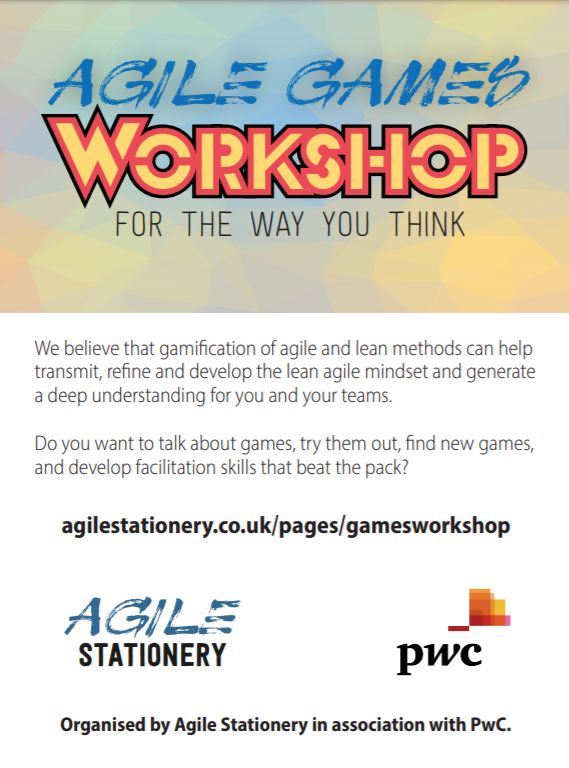Leading SAFe
This week, I spent three days on a Leading SAFe course with a number of PwC colleagues. SAFe is the hot scaling Agile framework in the industry right now, used by 70% of the Fortune 100 and like all good practitioners I think it's important to at least make an informed judgement on something based on trying to learn it from those who do it, as opposed to judging from your Twitter feed alone (where I must admit I see a lot of negativity towards it!).
Thankfully, our training was stretched out over three days, compared to the two day format it is usually delivered in. I’m guessing that a two-day version must be slides only, as that’s the only way I could see it being condensed and still covering everything whilst finishing within the timebox.
I found it difficult at times to engage in the training, mainly as there were a lot of things over the three days that weren’t that new to myself, in particular things like small batch sizes, limiting WIP at every level, slicing work, WSJF, systems thinking, kanban boards at every level, ruthless prioritization etc.
However I definitely feel like my understanding around it has improved, albeit I still prefer the Henrik Kniberg image of SAFe in a nutshell:

Over the daunting image that greets most:

Whilst I’m not going to get into the specifics of everything I liked/disliked, I don’t think it’s as big an *evil* thing by some practitioners that it is made out to be. I can see why it appeals to a lot of large organisations, mainly those that have over time become dependent on having component teams, as well as having monolithic architectures, reams of technical debt hiding under the hood and/or still wanting to retain some sense of hierarchy and structure.
Is it a bad thing these organisations are (finally) being introduced to the great work of Deming, Drucker and Reinertsen as well as important topics such as Lean, Value Streams, Kanban, Scrum and Lean Startup? No.
Are there elements that I wish they would change as they seem to focus more on the right hand side of the manifesto than the left? Yes.
Do I like the approach to training and it’s renewal costs? Absolutely not.
Will I be rushing to use it? No, but that’s mainly as I feel in my current context it would be violating the first rule of scaling (don’t scale). However there are definitely elements of it I will think about and look to tweak/use depending on where appropriate (hypothesis writing of epics/features was one in particular I really liked).
Overall I was glad I took the course, mainly as I now feel much more informed as a practitioner. The instructor Patrick handled my tougher questions really well, and it was a pleasure meeting him as well as chatting to various colleagues who I either met for the first time or knew previously over the three days. We have four subsequent coaching days lined up where I believe we will run a full PI Planning event, which was probably the bit I liked the most! Looking forward to bringing that to reality in the coming weeks.
Making Work Visible
After a heated debate on what is twine vs string, and which is the correct word to use (twine I was told is a northern thing, but search for string on Rymans and the first result is twine so who knows 🙃). We managed to get a portfolio kanban board setup in the office on Thursday.

Thanks to
for the string/twine suggestion and
for the printed backlog!
When making the work visible it’s very clear what the issue is, once again bringing to life a slide I saw Bazil Arden use years ago when he was demonstrating one of the major challenges many organisations are facing:

The hope is that by making the work visible, we can start to have an open conversation about if certain work really is a priority, as well as optimizing the system for flow rather than utilization.

Next week
Next week is obviously a shorter one with the bank holiday on Friday, so I’ll look to put my week notes out a day earlier.
I’m hoping to take the Leading SAFe exam at some point, as it will be a good way to validate my learning.
Due to commitments outside work I won’t be able to make the first Agile Games Workshop meetup hosted by PwC on Wednesday, feel free to check it out here if you want to know more.














